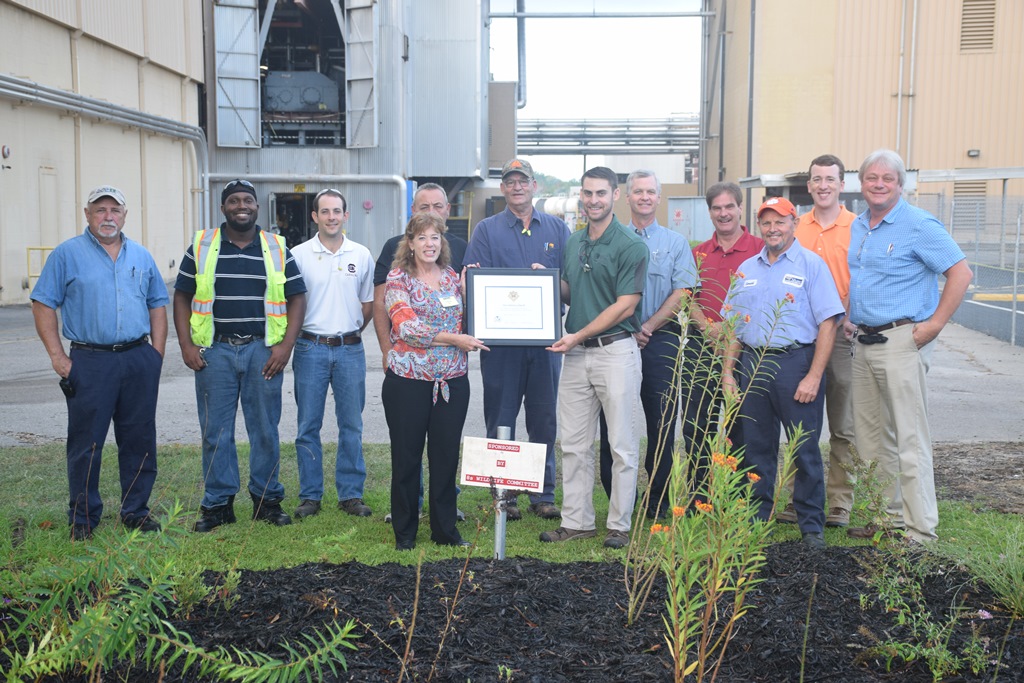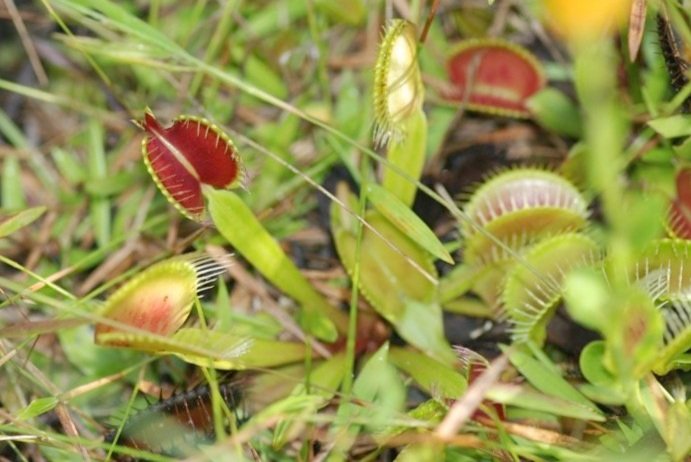Columbia’s City Council recently approved a change in its nuisance ordinance to allow for “naturalistic” gardens—landscapes that favor native plants and support native wildlife. Previously, vegetation was required to be kept shorter than 12 inches. Now, gardeners may register their naturalistic gardens with the city’s ordinance enforcement office to avoid citation for having what may look to some as no more than an overgrown or untended space.
Columbia appears to be, if not the first, among a very few jurisdictions within South Carolina to explicitly welcome landscaping for wildlife. This continues the commitment made when the city became a National Wildlife Federation Certified Community Wildlife Habitat in 2019, working to “restore wildlife habitat and educate and engage community members.” The South Carolina Native Plant Society Midlands Chapter, supported by the South Carolina Wildlife Federation and Gills Creek Watershed Association, worked with the city to accomplish the ordinance change.
Landscaping with native plants to support pollinators, butterflies, fireflies, birds, and other wildlife is important because we are losing so many of these elements that make our community feel like home. We want to see butterflies by day and fireflies at night. Lawns have been described as ecological deserts. A good wildlife habitat garden, on the other hand, provides food, shelter, and places to raise young—in bird nests, old flower stalks, and native grasses.
To register a property’s naturalistic landscape, download the required form and mail or email to the address on the bottom of the form. Applicants must provide proof of the landscape’s certification from a recognized program such as National Wildlife Federation Backyard Wildlife Habitat, Gills Creek Watershed Champion, Clemson Carolina Yard, or other conservation organization. Residents who do not have a certified yard may request a visit from the Code Enforcement Division to register.
The South Carolina General Assembly recently followed the city’s lead in supporting native plants by passing a concurrent resolution to “recognize the essential value and importance of South Carolina native plants to the state’s environment, landscape, agriculture, history, and economy, and to encourage state agencies, local governments, and private landowners to use native plants for landscaping, erosion control, and vegetation management whenever possible to promote the viability of migratory and nonmigratory pollinators and to help to preserve South Carolina’s unique flora and fauna.”
The South Carolina Native Plant Society and its Midlands Chapter work to protect, restore, and educate about native plants. The Midlands Chapter hosts an educational program every other month and numerous field trips and service opportunities.
Certify your yard with the South Carolina & National Wildlife Federations HERE.



